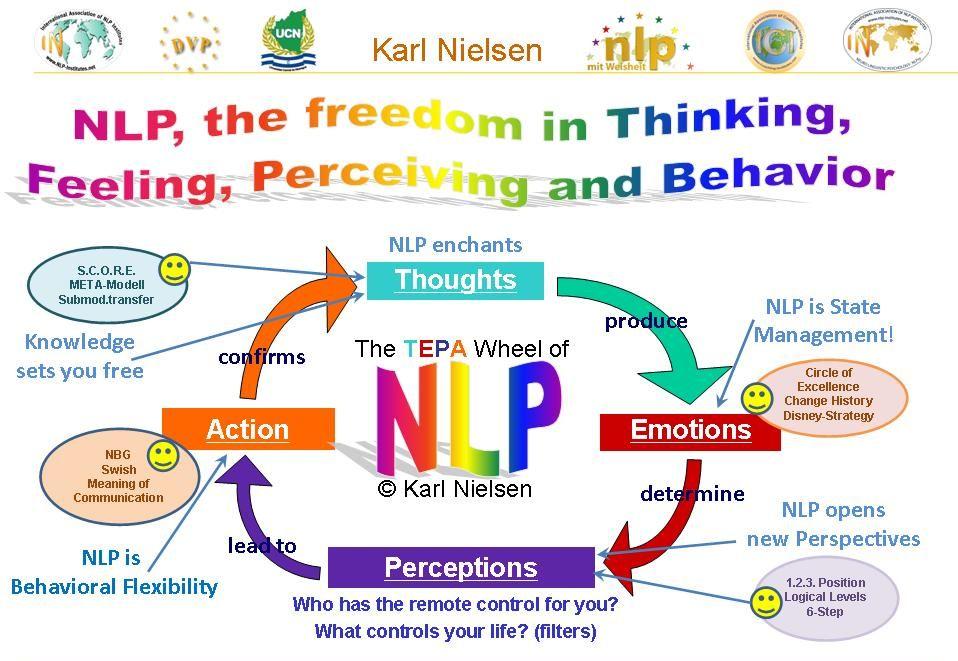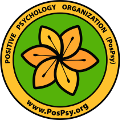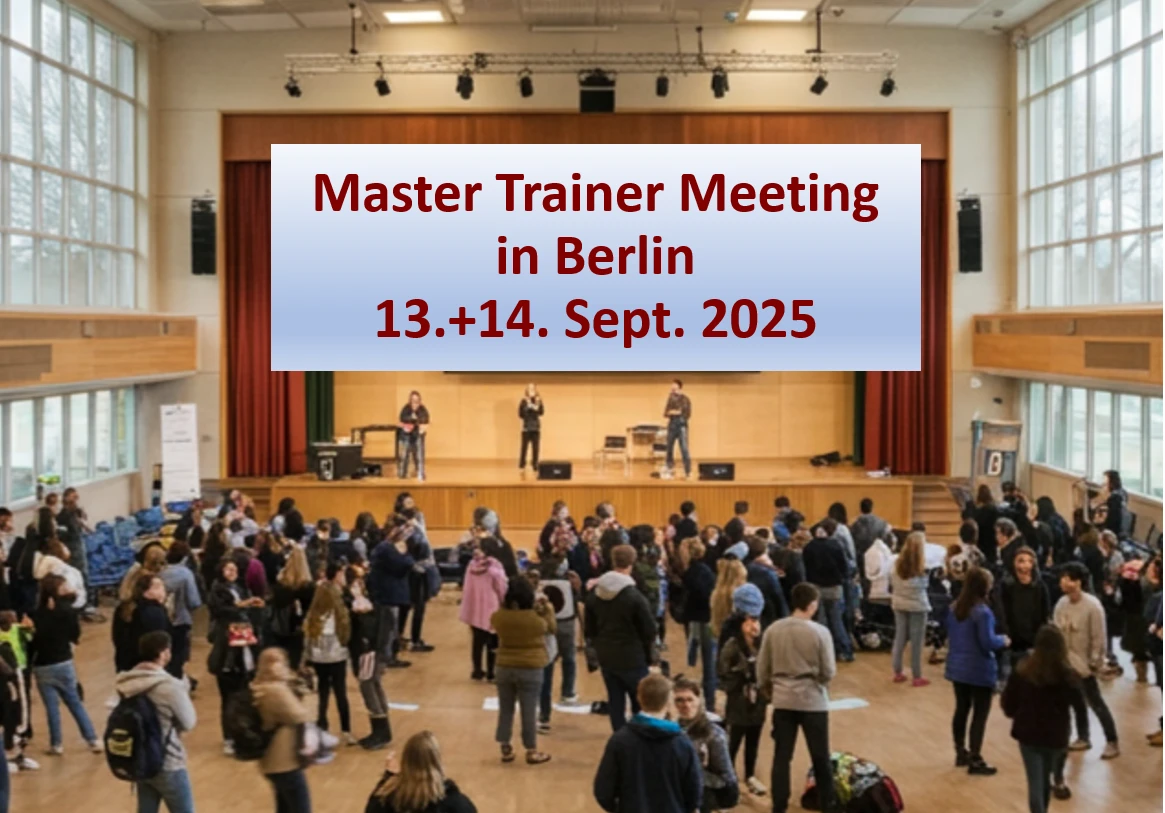About Us / Resources / Articles
Karl Nielsen: My 7 main messages for professional coaches
About Us / Resources / Articles

My 7 main messages for professional coaches
- A Coach is not a Trainer or Mentor. Do you know the professional key difference and consequence? Coaching developed between 1972 and about 2000 as a clear distinct professional approach. Nandana Nielsen, President of the International Association of Coaching Institutes (ICI), writes in her article that the founding fathers of Coaching are Timothy Gallwey: “The Inner Game of Tennis” 1972, Sir John Whitmore (1937-2017): “Inner Game Coaches” founded 1979 as business application in London, Thomas Leonhard (1955-2003): Coach U 1992, ICF 1994, Coach Ville 2000. Before 1972 Coaching existed only as Trainer (Sport Coach). A Trainer or Mentor tells his client what to do. He knows better than his client how to do something. A Trainer or Mentor gives advice and instructions. A Coach works very very differently. Beware of thinking you know something better than your client. The only thing where you are professionally better is that you know the required steps for interventions (tools, techniques) that your client can use under your professional coach guidance to find out his solutions for himself.
- You are only responsible for the emotional state of your Client – not for his solutions! Work on changing his emotional state so that he finds his solutions himself. Beware of answering directly questions like: “What should I do?”. Be well prepared for utilizing such questions for inviting him to explore his part of how he created his problem. And beware of trying to cheer him up. A professional Coach explores how his client produces his problem and accompanies him through professional interventions to develop new insights. It is okay to laugh here and there with your client about his problems when you have a very good connection to his unconscious (rapport) and when you are able to communicate effectively that you take his problem seriously.
- Find out how his thoughts, emotions, perceptions and behavior (action) influence his problem. This helps him to understand himself better. Use my TEPA wheel for this. In NLP this kind of exploration is part of Modelling, the core part of NLP – to explore the construction of the subjective reality. A good approach is to find out situations where it is different. And within system thinking you can try to transfer this to the problem (Make the exception the rule). Beware of interpreting his thoughts, feelings, perceptions or behavior (action). Let him himself do this very important work. Give him the honor, glory and merit to find this out himself. Lao Tzu (founder of Taoism): Teach him to fish instead of giving him a fish.

- Invite professionally the unconscious of your client and ask for the positive intention. He will find sustainable solutions only with the support of his unconscious. Therefore, support him to find out what his problem is good for. What does he not have to do as long as he cultivates his problem? And what does it cost him? From systemic thinking you know that the problem is a kind of solution – but the side effects very often just cost too much. Beware of confirming or intensifying logical results. Look out for incongruences and challenge them with the NLP Meta Modell or the incongruence question: “If there would be anything else that needs to be considered here, what could that be?” or easier: “If something comes to your mind right now…?” and then allow a moment of silence and give your client all your attention. It is very helpful to check the body language for congruence, especially when your client summarizes his solution.
- Use NLP interventions (tools, techniques) for Coaching as soon as possible. If you have other techniques or interventions this is welcome too. You can use my
- Go first or “Walk your Talk” – express professionally on a behavioral level what you say. This has to do with your own professional congruence. For this a good professional Coach training is required. Beware of short coach certification trainings. Really go deep and understand thoroughly what you do. Experience it by applying it to your own life. Professional competence needs to grow. Don’t just believe anybody. Anecdotal stories are nice – but not a prove. Dare to find out what really works and keep asking questions. If you think you know everything, you are caught in a hallucination. Allow yourself to develop in the direction of Socrates. His main advantage was that he knew, that he did not know. It is easier to believe all kinds of nonsense than to live with a professional curious not knowing open minded attitude.
- Orientate yourself in today’s historical context. Dare to think big and scientifically. Why is coaching so important today? Why did it only develop in the last 45 years? What is the critical situation for humankind right now? What is the broader systemic view? “We cannot solve our problems with the same level of thinking that created them” (Albert Einstein). Coaching offers the required new level of thinking. This is why it is emerging at this historical moment of time today.Beware of anecdotal stories. Master the thinking approach of “
Professional Coaching offers the required new paradigm change with a new kind of thinking on the level of self-actualization and being motivation (Abraham Maslow, 1954), by understanding other value systems on the 7th human developmental level (Clare Graves, 1961), using integral holistic psychology (Ken Wilber, 2000) and by “Reinventing Organizations” (Frédéric Laloux, 2014).
It is a paradigm change of thinking from inside out instead of outside in.
The focus is on the individual construction of his subjective reality
and the option to change limiting Thoughts, Emotions, Perceptions and
Actions as described in my TEPA wheel. To achieve this, Coaching (ICI) with NLP (IN), Hypnosis (WHO) and Constellation (WSCO) offers very powerful high professional interventions.


